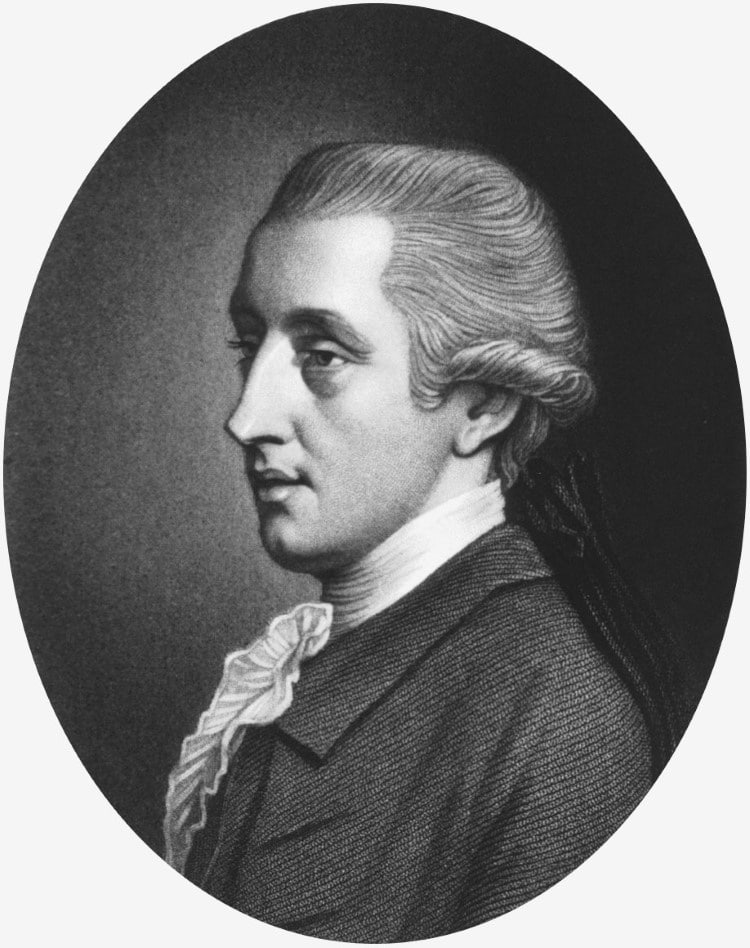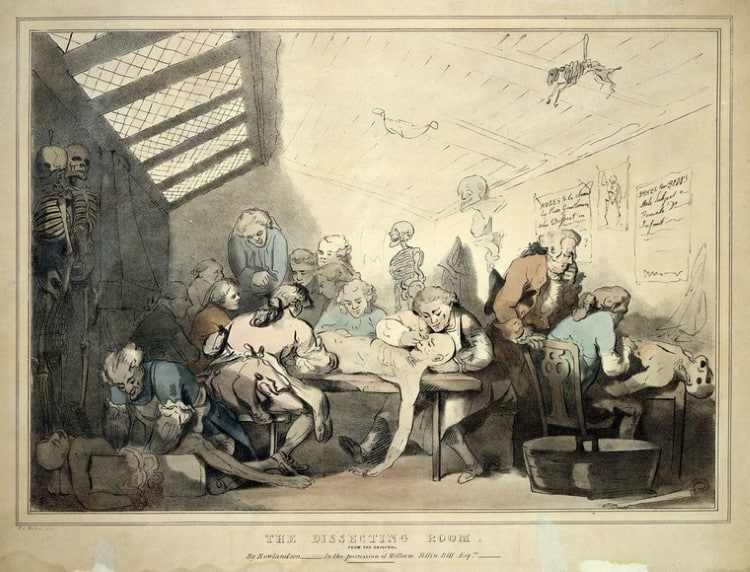
Benjamin Franklin in London, 1767 by David Martin (Photo: via Wikimedia Commons, Public domain)
Founding Father Benjamin Franklin is known as a great American Patriot who signed the Declaration of Independence. But he didn’t always live in the United States. He traveled widely throughout Europe and spent over a decade living in London. Interestingly, when his London home was renovated in 1998, restorers found a stunning secret hiding in the basement—human remains.
Franklin spent 16 years living and working at his London home on 36 Craven Street before coming back to America in 1776. Over two hundred years later, as the home was being transformed into a museum, the incredible discovery was made. The basement, which was a windowless room under the garden, contained the remains of 28 human bodies. Analysis of the remains found that they were about 200 years old, which placed them in the home at the same time Franklin resided there.
They were found by a worker who discovered a thigh bone sticking out of a pit in the basement that was about 3 feet by 3 feet wide. Police continued the excavation, and 1,200 bone fragments were ultimately pulled from the pit. Of the remains found, six of them were from children. The remains of 43 different species of animals were also excavated. Many of the bones showed signs of surgical cuts, and one skull even had holes in it.

William Hewson by H. Robinson Vandergucht (Photo: via Wikimedia Commons, Public domain)
So why would Benjamin Franklin have bodies in his basement? It’s believed that it wasn’t his doing but that of his houseguest. Friends of Benjamin Franklin House, the organization responsible for the renovation, says that they were placed there by William Hewson. Franklin was a close friend of and mentor to the British surgeon and anatomist, and he stayed at Craven Street for two years. It is believed that, during this time, he carried out dissections in the basement.
Hewson was an early practitioner of anatomy, and his need for privacy was tied up in the complicated regulations around dissection at the time. The understanding that dissections and comparative anatomy were useful for medical advancements was more commonplace, but the issue was finding cadavers. A law passed in 1752 allowed for the dissection of executed murderers, but there weren’t nearly enough bodies to go around.
Many lecturers turned to graverobbers to fill the demand. Interestingly, this was not illegal. According to British historian Ruth Richardson, “exhumation was not technically a crime of theft; for although dead human bodies were in fact bought and sold, in the eyes of the law, a dead body did not constitute real property and therefore could neither be owned nor stolen.”

Depictions of dissections at William Hunter’s anatomy school by T. Rowlandson (Photo: via Wellcome Collection, Public domain)
Hewson had been a lecturer at a prominent anatomy school run by William Hunter but left after the men had a falling out. Once he moved in with Franklin, he ran his own anatomy school out of the basement, which accounts for the remains. There is proof of this thanks to liquid mercury found on turtle bones and vermillion coloring connected to dog bones that were found in the basement. Hewson had logged notes about experiments that match up with this evidence.
So while bodies in Franklin’s basement might conjure up ideas that a Founding Father was harboring dark secrets, the truth is less nefarious. While it’s likely that Franklin knew about Hewson’s school, the Friends of Benjamin Franklin House believe that it’s unlikely he participated in the actual dissections.
Related Articles:
Thomas Jefferson’s Presidential Portrait Recreated With His Sixth Great-Grandson
How a “Very Paintable” House Inspired ‘American Gothic,’ a Modernist Masterpiece
5 Facts About James McNeill Whistler, an American Artist Who Made “Art for Art’s Sake”
How American Benjamin West Became London’s Preeminent Painter During the American Revolution
